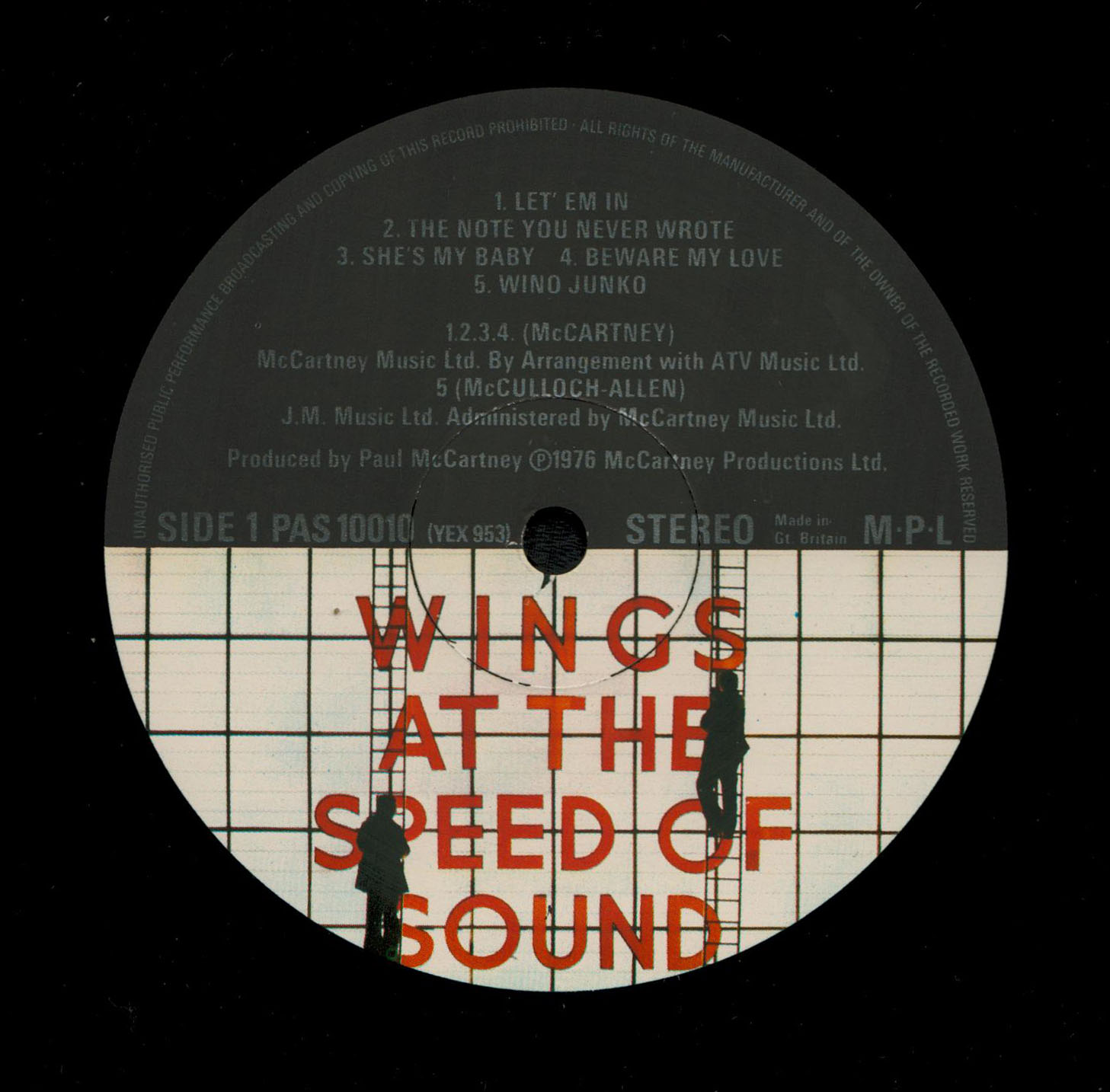

Significant part of the cells organization origins from membranes.

#THE SPEED OF SOUND PLUS#
This protonation-transition plus the existence of an enzymatic pH-optimum offer a physical basis for intra- and intercellular signaling via sound waves at interfaces, where not molecular structure and mechano-enyzmatic couplings, but interface thermodynamics and thermodynamic transitions are the origin of the observations. Finally, these pulses are excitable only beyond a threshold for protonation, determined by the pK a of the lipid head groups. Furthermore simultaneously propagating mechanical and electrical changes in the lipid interface are detected, exposing the thermodynamic nature of these pulses. With transient local pH changes of 0.6 directly observed at the interface and velocities up to 1.4 m/s this represents hitherto the fastest protonic communication observed. Pulses are stimulated by local acidification and propagate – in analogy to sound – at velocities controlled by the interface’s compressibility. Here we investigate the pH-induced physical perturbation of a lipid interface and the physicochemical nature of the subsequent acoustic propagation.

membranes) would therefore constitute an important pillar towards a physical mechanism of biological signaling. pH variations induced by pulses propagating along soft interfaces (e.g. Local changes in pH are known to significantly alter the state and activity of proteins and enzymes.


 0 kommentar(er)
0 kommentar(er)
